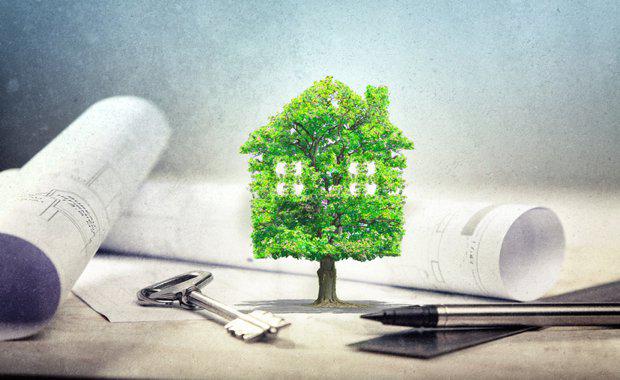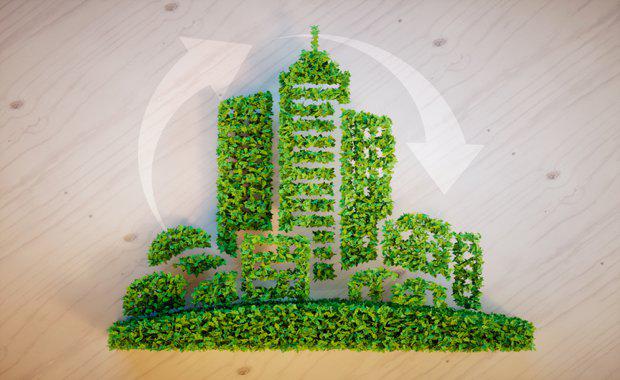Net Zero Carbon Buildings Could Be Achieved In 50 Moves
Australia's property sector is being urged to use readily available existing technologies to improve the long-term prospects for their properties, in a broader industry push towards net zero carbon buildings.
A new report from the Clean Energy Finance Corporation (CEFC) and consultants Norman Disney & Young (NDY) identifies 50 best practice initiatives that can be used across a wide variety of new and existing properties. The initiatives reflect the insights of major investors across the property sector, many of whom are at the forefront of Australia's clean energy transition.
CEFC property sector lead Chris Wade said the property sector was uniquely placed to be a major driver of energy efficiency, lower emissions and increased sustainability in Australia.
"Property accounts for almost a quarter of Australia's carbon emissions, confirming there is a pressing need for action in this area," Mr Wade said.
"Through this report, we are highlighting a wide range of clean energy technologies that currently aren't prescribed by the National Construction Code, but which are proven, readily available and can be deployed immediately.
"Importantly, these clean energy solutions offer property owners the potential to unlock billions of dollars in ongoing energy savings, and deliver positive investment returns.
"Two thirds of the initiatives have a payback period of less than 10 years, demonstrating the very strong commercial benefits of clean energy," he said.

The report,
Energy in Buildings: 50 Best Practice Initiatives, detailed clean energy opportunities across a wide range of buildings, from offices, retail and hotels to industrial (e.g. warehouse, manufacturing and logistics), healthcare (e.g. hospitals and laboratories), common living (e.g. aged care and student accommodation) and education.
NDY Global Director of Sustainability Tony Arnel said greater availability of useful, practical information on efficiency measures will accelerate the market transformation needed to deliver high performance, low carbon buildings.
"It's also important to recognise that buildings designed now, for completion in two or three years, will enter a market where they will be competing with an increasing volume of higher performance building stock," he said.
The Australian Sustainable Built Environment Council (ASBEC), who are supporting a push towards zero carbon buildings by 2050, reported that cost effective energy efficiency and fuel switching in buildings can more than halve their projected 2050 carbon emissions.
ASBEC pointed to initiatives such as the European Directive on Energy Performance of Buildings and the United Kingdom's requirement that all new non-domestic buildings be zero carbon by 2019, as examples of a global shift towards zero carbon buildings.
"The report provides clear evidence that clean energy isn't just about new buildings," Mr Wade said.

"In fact, most of the 50 measures can be applied to existing buildings, giving us confidence about the strong potential for the property sector to take practical steps to lift energy efficiency while reducing energy costs and emissions.
"These measures will help the market adapt to rapid and continuous changes to technology and industry practice, which are seeing new technologies increasingly transition to standard practice, with lower costs."The report includes a number of familiar technologies, such as solar PV, LED lighting and improved heating, ventilation and air conditioning systems. Other best practice initiatives measures include:
Light colour and reflective external materials, which typically cost less than 0.1 per cent of the building's cost to implement and pay back in less than five years
Data analytics for building management systems in existing buildings, which typically cost less than 0.3 per cent of the building's cost and have an investment payback period of less than five years
Electronically commutated fans, using microprocessor-controlled brushless motors, which also typically cost less than 0.3 per cent of the building's cost to implement and pay back in less than five years.















